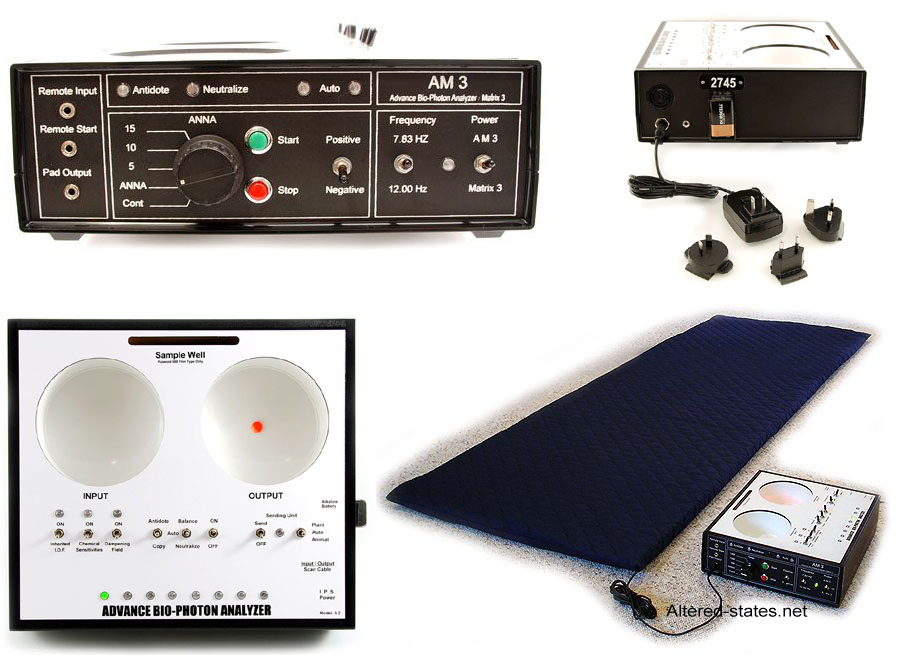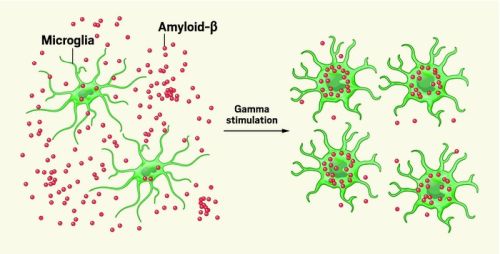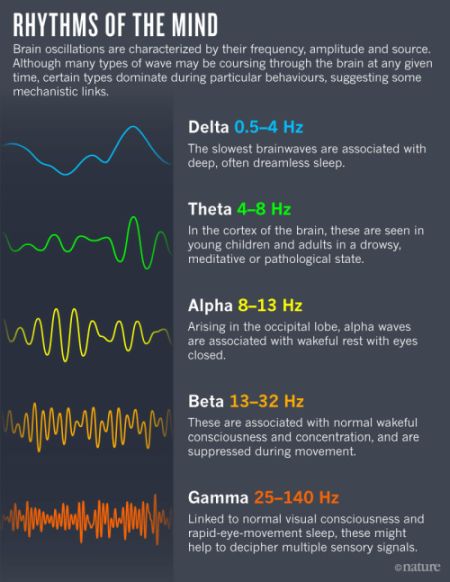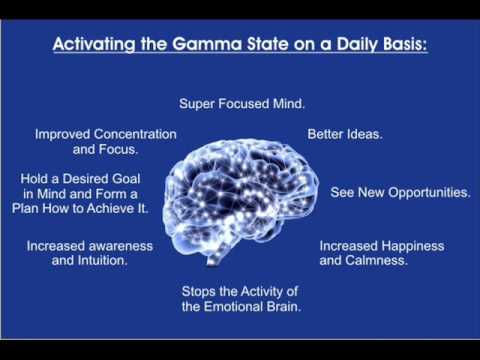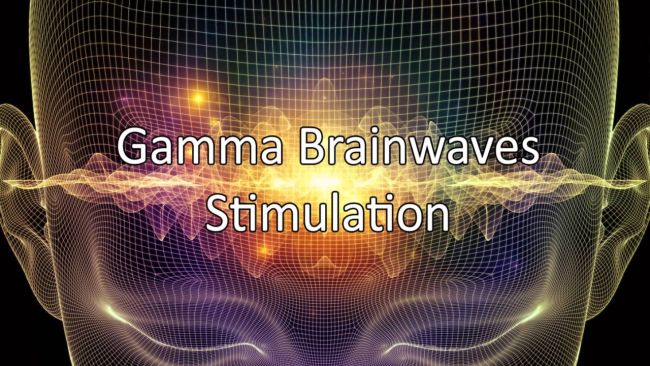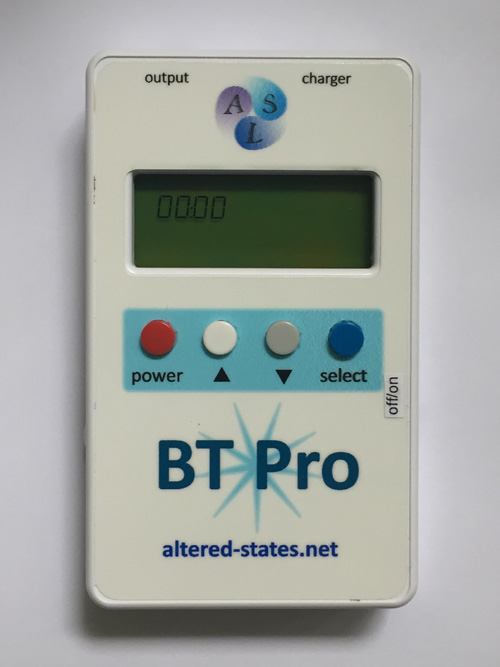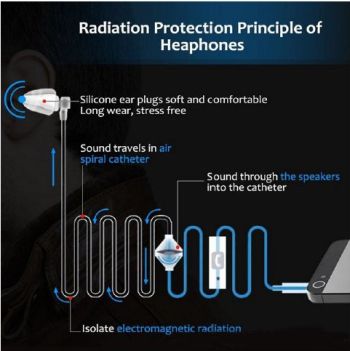Mindwave PackageNZ$589.39Approx USD$339.89
"Scientists are not absolutely sure what causes Alzheimer’s but plaques and tangles are prime suspects in cell death and tissue loss in the Alzheimer brain.
Plaques are abnormal clusters of chemically “sticky” proteins called beta-amyloid that build up between nerve cells. The most damaging form of beta-amyloid may be groups of a few pieces rather than the plaques themselves. The small clumps may block cell-to-cell signaling at synapses. They may also activate immune system cells that trigger inflammation and devour disabled cells." Source
"A combination of high blood pressure and decreased blood flow inside the brain may spur the buildup of harmful plaque and signal the onset of dementia, USC researchers have found. “If you have problems with the blood vessels in the brain, then you’re going to end up with difficulty with thinking skills, cognition, memory, and ultimately this can be related to other brain pathologies such as Alzheimer’s disease,” said Daniel Nation, lead author of the study and an assistant professor of psychology at the USC Dornsife College of Letters, Arts and Sciences. For the study published June 1 in the journal Brain, Nation used patient data from a national medical database, the Alzheimer’s Disease Neuroimaging Initiative housed at the Keck School of Medicine at USC, to explore whether constricted blood flow contributes to the buildup of amyloid plaque , consequently, to the onset of dementia. He also determined a new way to calculate cerebrovascular resistance — a stiffening of the vessels that results from high blood pressure and low blood flow. Source
.Neuroscientists are getting excited about non-invasive procedures to tune the brain’s natural oscillations. "In March 2015, Li-Huei Tsai set up a tiny disco for some of the mice in her laboratory. For an hour each day, she placed them in a box lit only by a flickering strobe. The mice — which had been engineered to produce plaques of the peptide amyloid-ß in the brain, a hallmark of Alzheimer’s disease — crawled about curiously. When Tsai later dissected them, those that had been to the mini dance parties had significantly lower levels of plaque than mice that had spent the same time in the dark1. Tsai, a neuroscientist at Massachusetts Institute of Technology (MIT) in Cambridge, says she checked the result; then checked it again. “For the longest time, I didn’t believe it,” she says. Her team had managed to clear amyloid from part of the brain with a flickering light. The strobe was tuned to 40 hertz and was designed to manipulate the rodents’ brainwaves, triggering a host of biological effects that eliminated the plaque-forming proteins." Source
Bringing Gamma Back Podcast
"Today, a startling new discovery: prodding the brain with light, a group of scientists got an unexpected surprise -- they were able to turn back on a part of the brain that had been shut down by Alzheimer’s disease. This new science is not a cure, and is far from a treatment, but it’s a finding so … simple, you won’t be able to shake it. Come join us for a lab visit, where we’ll meet some mice, stare at some light, and come face-to-face with the mystery of memory. We can promise you: by the end, you’ll never think the same way about Christmas lights again." Source
“The implications are significant,” says Michal Schwartz of the Weizmann Institute of Science, who was not involved in the work. And, she says, if the effects of gamma waves also improve cognition in Alzheimer’s models, “it’s unbelievable.”
The science It has been known since at least the 1980s that cognitive activity triggers brainwaves (wave-like patterns of activation) at a frequency of 40 Hz in humans and other mammals.
"Most People have gamma brainwave activity, but the amount of gamma waves produced varies. Low amounts of gamma brainwave activity have been linked to learning difficulties, poor memory and impaired mental processing." In 1991, researchers from the NYU Medical Center discovered that Alzheimer’s patients have reduced 40 Hz brainwaves compared with healthy people. (paywalled paper)
"In 2016, MIT’s Alzheimer’s group did experiments on transgenic mice with early Alzheimer’s disease and found that exposing them to a light flickering at a frequency of 40 Hz (40 times a second) for 1 hour a day for 7 days causes an almost 60% reduction in ß-amyloid plaques, which are a molecular hallmark of Alzheimer’s. 20 Hz and 80 Hz tones did not have the same effect. An important qualification here is that the effect was limited to the visual cortex, which is not significantly affected in human Alzheimer’s patients. Here’s an accessibly written report in The Atlantic and here’s the original paper (published in Nature) if you’re strong in science-speak. MIT also made a video about the findings."
"According to the New Scientist (paywalled article), the same MIT team achieved even better results by playing mice a 40 Hz sound. ß-amyloid plaques shrank by about 50% in the auditory cortex and – crucially – in the hippocampus, perhaps because the two areas are close to each other. This is a very important discovery, because the hippocampus is the region of the brain which is involved in forming memories. It is the hippocampus that suffers the most damage in human Alzheimer’s patients. As of 1 Mar 2018, these results have not been published, but were presented at the Society for Neuroscience conference in Washington in November 2017."
In March 2016, scientists at the University of Toronto published the results of a small, placebo-controlled pilot study (paywalled paper), in which they exposed 20 Alzheimer’s patients to a 40 Hz sound. After six 30-minute sessions (done twice a week), the patients’ average score on the 30-point SLUMS scale improved by 4 points, while the placebo group did not improve. It should be noted that the “dosage” of the treatment was rather low, which may explain the modest results.
|
Your IP Address is: 18.217.138.109
Copyright © 2025 Altered States. Powered by Zen Cart



